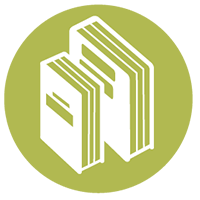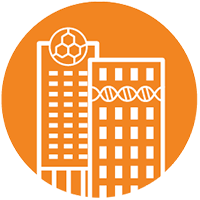Assess and Evaluate Learning
Endorsed by Duke AHEAD Steering Committee, November 18, 2015 (Last updated 11/18/15)
Significance of this competency
Assessment and evaluation are critical components of educational practice. Often, faculty and learners alike focus more on instructional strategies than on measures to assess and evaluate learning; however, the former can be most effective only when the latter is done well.
Assessment is an ongoing and interactive process between learners and teachers, designed to collect data about student learning and performance and identify potential areas for improvement. Assessment findings are shared with learners to guide their future learning activities and with teachers to influence teaching approaches. The findings are not intended to be a judgment of learner performance, such as grades, but instead as part of a process to maximize teaching and learning.
Evaluation can be a formative (ongoing) or summative (final) process. Formative evaluation addresses students’ progress in meeting the desired outcomes and can guide and inform summative evaluation. Summative evaluation is an end-of-instruction evaluation that judges what students have learned and is often employed to draw conclusions about attainment of learning goals, skill performance, or effectiveness of the teaching/learning experience. Summative evaluation is frequently represented as overall scores, grades or level of competence for progression.
Behaviors that demonstrate this competency
1. Design and implement assessment and evaluation practices that:
a. are evidence-based
b. align with measurable learning objectives, institutional expectations and professional standards
c. employ multiple qualitative and quantitative data sources
d. address instructional methods, learner/teacher engagement, and other factors that affect learning
e. assess learners’ knowledge, skills, attitudes and behaviors
2. Document learner performance in a behaviorally-specific, unbiased, objective manner
3. Provide learners timely, constructive and thoughtful feedback about their performance
4. Select learning outcome measures that are appropriate to the stated learning objectives
5. Critique advantages and disadvantages of different types of assessment and evaluation tools/modalities
6. Utilize assessment and evaluation results to enhance one’s teaching
7. Demonstrate skill in test development/blueprinting, composing quality test items, and conducting exam item analyses
8. Attend to program, university, professional and legal policies /processes regarding assessment, evaluation, documentation and dissemination of data regarding learner performance


